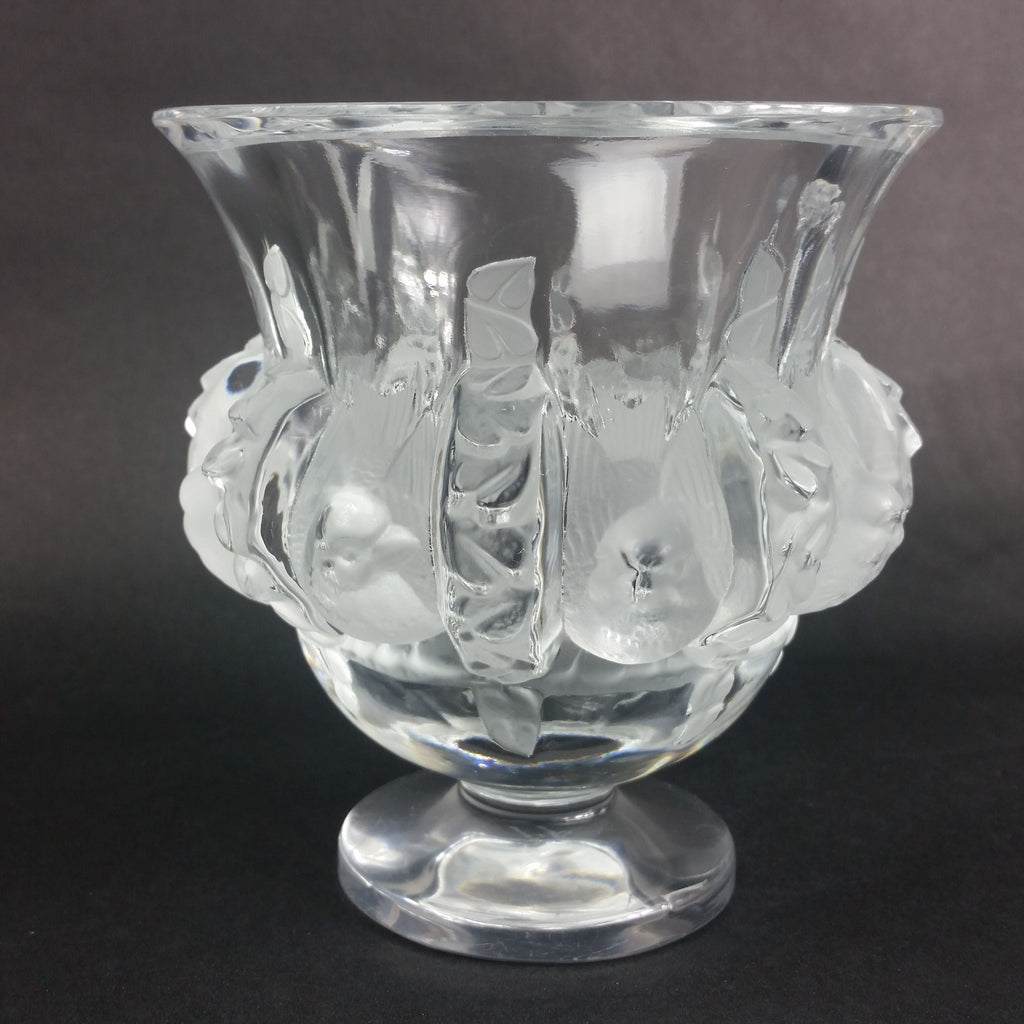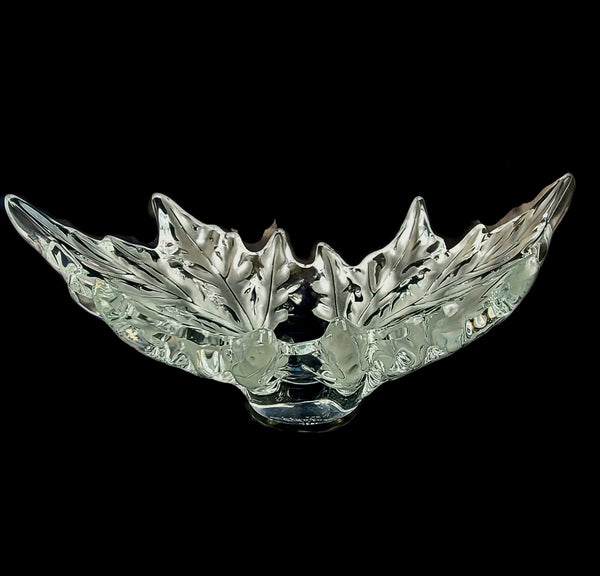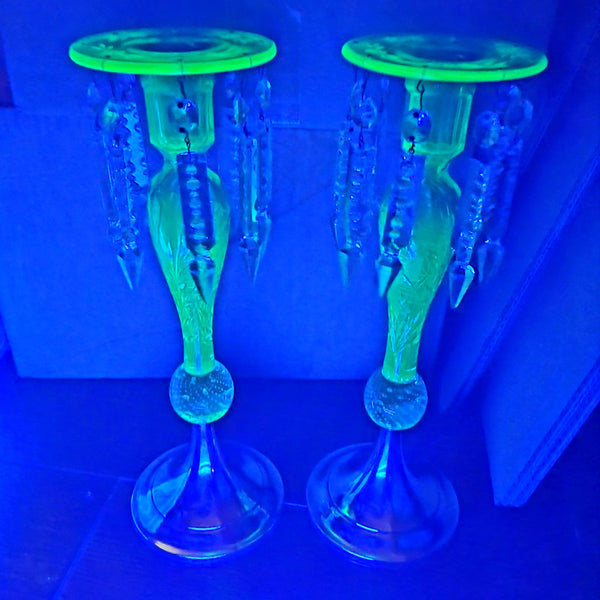The Top Ten Ways to Identify Fake Lalique Glass

Who doesn't like Lalique? This high end French glass sought after by many collectors is not exempt from fakes and reproductions. Of course it goes without saying you are better off buying from a reputable dealer, but at the least, educate yourself on the basics of how to identify forged pieces. To keep it simple lets first look at the timeline of the production of Lalique glass.
Rene Lalique, being one of the most successful French glass makers of all time, started producing glass in 1905 until his death in 1945. Pieces marked with an "R" for Rene are worth considerably more than a piece that was produced after his death in 1945. Knowing the timelines of when the glass was produced will guide you on what to look for as far as corresponding marks. Which is a good start to being able to identify an authentic piece of Lalique.
Pieces made from 1905 to 1945 will bear an "R" and will most commonly be signed "R. Lalique, France". As mentioned, these pieces are worth considerably more than a piece produced post 1945 and subsequently more likely to be forged. Watch for a piece that was produced after 1945 with an "R" in the signature. Forged pieces can have an added engraved or etched "R". The word France was not always present in the signature. After Rene Lalique's death in 1945 the "R" was no longer used when his son Marc took over the business. Later his granddaughter Marie-Claude Lalique took it over in 1977. Since 1978 the registered trademark, an R with a circle around it, has been added to the mark.
Many clues within the pre- and post- 1945 timeline exist to help you in identifying fraudulent pieces. Keep in mind these are general guidelines and there can always be exceptions to any rule making identification of a knock off even trickier. Most commonly forged pieces have engraved or etched marks, like the addition of an "R" as mentioned above, but the following tips also make good guidelines.
Pre-1945 Tips:
1. Signatures should be small, rarely over 1/8" tall, forgeries will be larger close to 1/2"
2. Signatures should look plain, no decorative or fancy wispy lettering
3. Marks were not acid etched
4. Marks should be in harder to see areas like the bottom rim or within the design
Post 1945 Tips:
5. No "R", the R was dropped and most pieces were signed "Lalique, France"
6. The word France always appears post 1945
7. All acid etched marks were all uppercase and not cursive
Lalique pieces will NEVER have the following marks or characteristics:
8. Made in France, Paris, Rene spelled out
9. Pieces are not numbered such as in a limited edition
10.There should never be mold seams
Aside from looking at the makers marks, looking at the quality and feel of the glass can help you to determine the age and authenticity of a piece. Ornamental cutting where there are facets in the glass on the base or wide rim is typical of Czech reproductions. Lalique glass over time changed in consistency. Prior to 1945 the lead content was around 12%, called demi cristal. Post 1945 the lead content was increased to 24% making it full cristal under French law. Therefore pieces that were made post 1945 are heavier, brighter, and more transparent than those made prior to 1945. The differences are easy to see with the naked eye. The variations can also be seen with the use of a long wave black light. Pieces pre-1945 will fluoresce yellow under long wave black light while pieces that were produced post 1945 will glow a blue or blue white color. However, there are some exemptions.
By using these tips together, the clues will point you in the right direction to being able to identify authentic Lalique glass and remember if it seems too good to be true it probably is.
Leave a comment
Comments will be approved before showing up.




